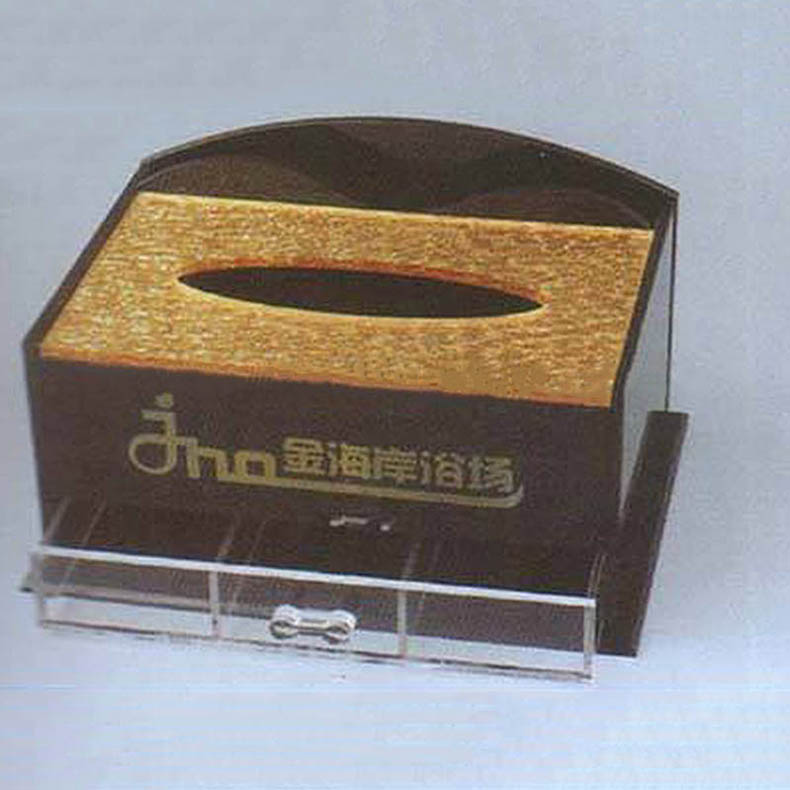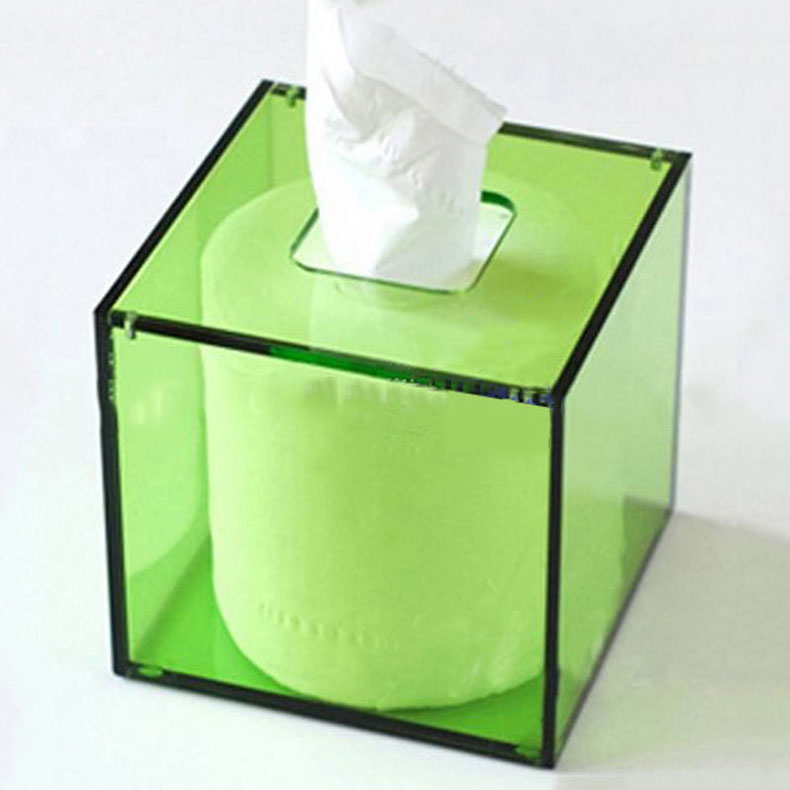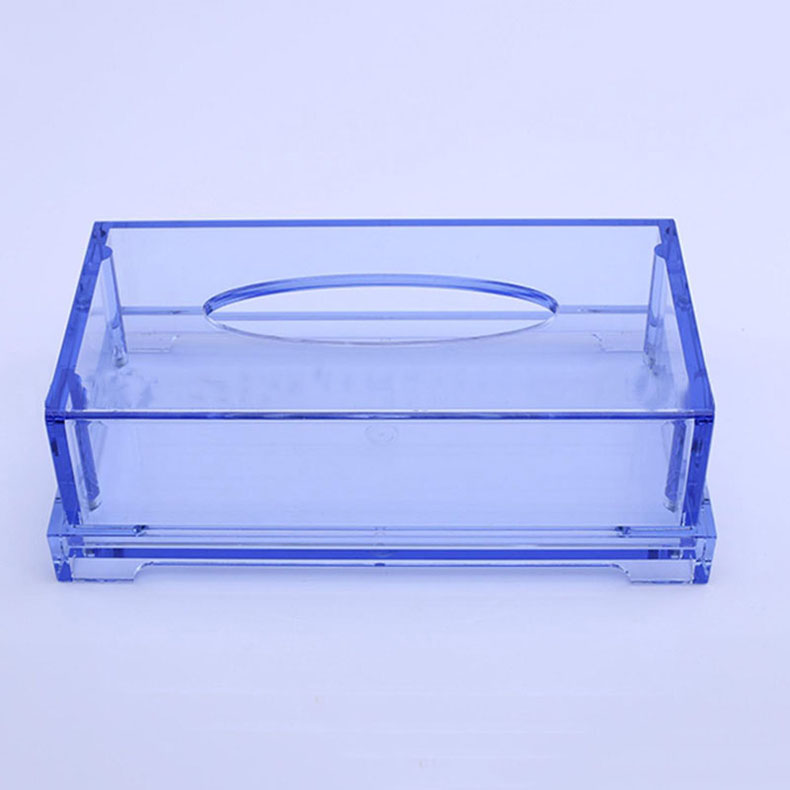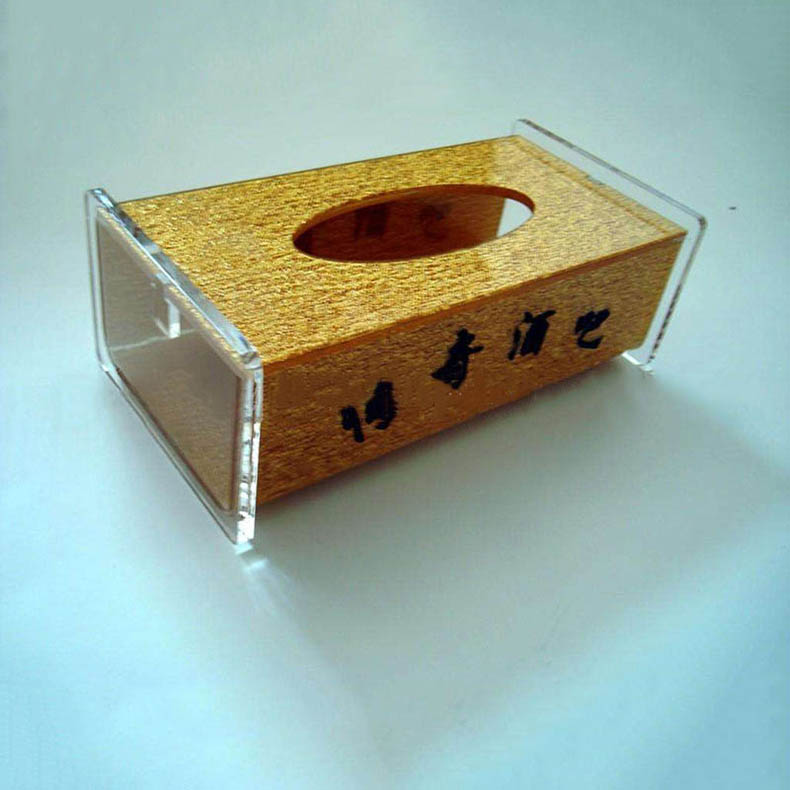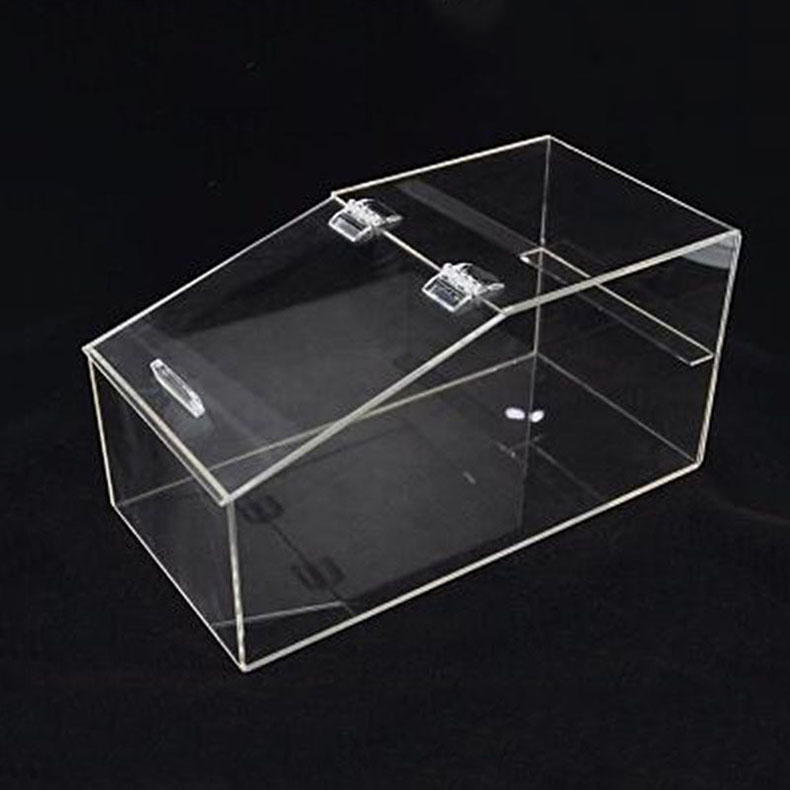Acrylic sheets, known for their clarity, durability, and versatility, are widely used in various applications, from signage and displays to home decor and furniture. However, to ensure they retain their beauty and functionality over time, proper maintenance is essential. Here are some comprehensive tips for maintaining acrylic sheets.
Cleaning
Regular Dusting
Regular dusting is the first line of defense in acrylic sheet maintenance. Use a soft, lint - free cloth or a feather duster to gently remove surface dust. This simple step prevents dust particles from scratching the acrylic surface when you perform more thorough cleaning later. For hard - to - reach areas, a soft - bristled brush can be used.
Gentle Cleaning Solutions
When it comes to more in - depth cleaning, avoid using harsh chemicals. Instead, prepare a mild soapy solution by mixing a few drops of a gentle dish soap with warm water. Dip a soft cloth into the solution, wring it out well to ensure it is only slightly damp, and then gently wipe the acrylic sheet in a circular motion. This helps to remove dirt, fingerprints, and smudges without damaging the surface.
Rinse and Dry
After cleaning with the soapy solution, rinse the acrylic sheet thoroughly with clean water. Use a clean, damp cloth to remove all traces of the soap. Then, dry the sheet immediately with a soft, dry cloth. Leaving water droplets on the surface can lead to water spots, which can be difficult to remove.
Avoiding Scratches
Use Protective Films
When transporting or installing acrylic sheets, it is advisable to keep the protective films on them for as long as possible. These films act as a barrier against scratches and abrasions. Even after installation, if the acrylic sheet is in an area prone to scratches, you can apply a self - adhesive protective film.
Handle with Care
When moving or handling acrylic sheets, always wear soft gloves to prevent fingerprints and scratches from your hands. Avoid dragging the sheets across rough surfaces. If you need to stack acrylic sheets, place a soft, non - abrasive material between each sheet to prevent scratching.
Use Appropriate Tools
When working with acrylic sheets, use tools that are specifically designed for acrylic. For example, when cutting, use a fine - toothed saw blade or a laser cutter. Avoid using sharp or abrasive tools that can easily scratch the surface.
Protecting from Chemicals
Know the Chemical Compatibility
Acrylic sheets can be damaged by certain chemicals. Avoid contact with solvents such as acetone, gasoline, and alcohol. Before using any cleaning product or chemical near the acrylic sheet, check its chemical compatibility. If in doubt, test the product on a small, inconspicuous area of the sheet first.
Clean Up Spills Immediately
In case of a chemical spill on the acrylic sheet, clean it up immediately. Use a soft cloth to blot the spill, and then clean the area with a mild soapy solution as described above.
Environmental Considerations
Temperature and Humidity
Acrylic sheets can be affected by extreme temperatures and humidity. Avoid exposing them to direct sunlight for extended periods, as this can cause discoloration and warping. Keep the sheets in an environment with a stable temperature and humidity level. If possible, install them in areas where they are protected from direct sunlight and extreme weather conditions.
UV Protection
If the acrylic sheet is going to be exposed to sunlight, consider using a UV - resistant acrylic sheet. Additionally, you can apply a UV - protective coating to the sheet to enhance its resistance to UV rays.
Storage
Proper Stacking
When storing acrylic sheets, stack them flat and evenly. Make sure the surface they are resting on is clean and smooth. If you need to stack multiple sheets, use a soft, non - abrasive material between each sheet to prevent scratching.
Covering
Cover the stored acrylic sheets with a clean, breathable cloth to protect them from dust and debris. This also helps to prevent the sheets from being exposed to direct sunlight or other environmental factors.
In conclusion, proper maintenance of acrylic sheets is crucial for their long - term performance and appearance. By following these tips, you can ensure that your acrylic sheets remain in excellent condition for years to come. Whether you are using them in a commercial setting or for personal projects, taking good care of your acrylic sheets will save you time and money in the long run.



